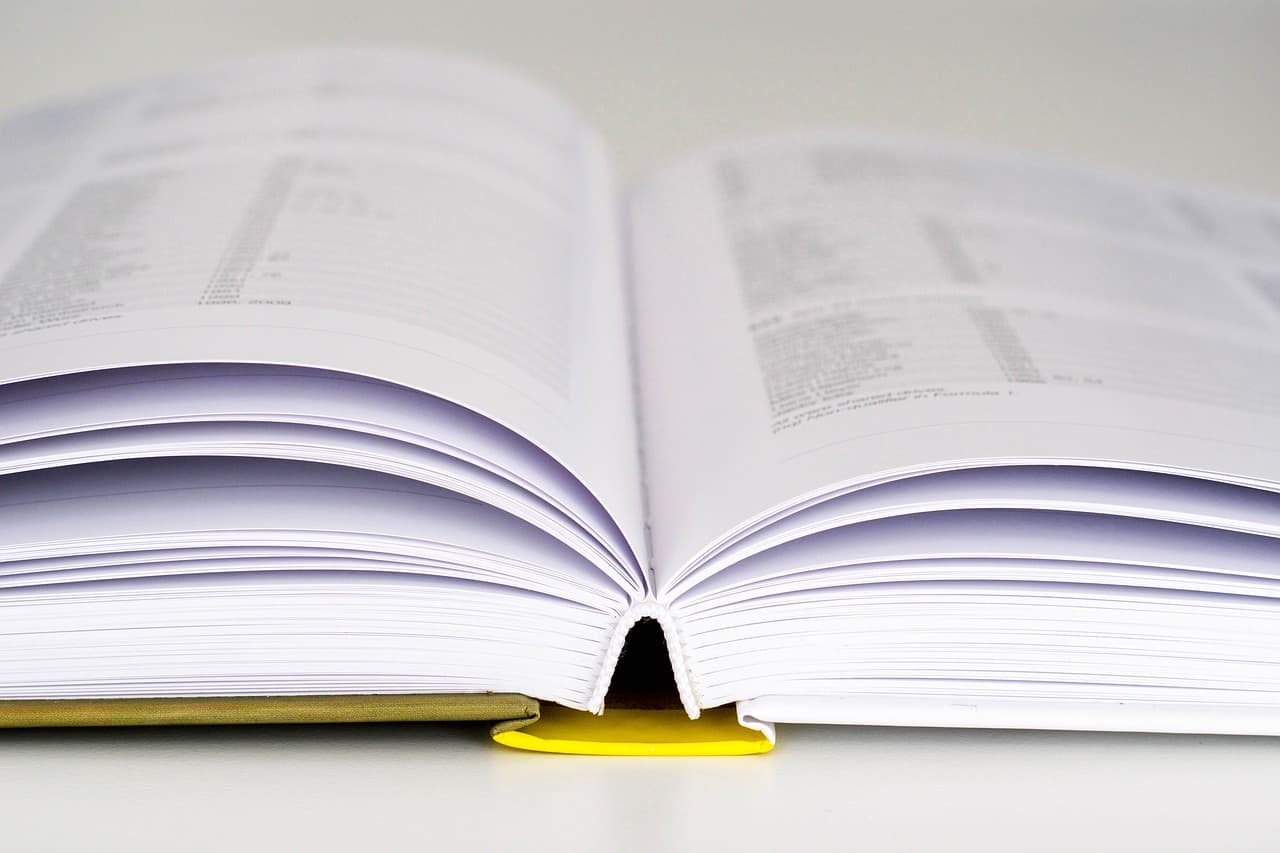
What is front matter
Front matter is one part of the book that confuses many new independent authors is the front matter. Worse still, they make a rookie mistake and omit it altogether, assuming a cobbled-together copyright statement will suffice.
So what should you include in this part of your book?
Let’s look at front matter in more detail.
The core parts of a book
Books are divided into three parts
- front matter
- main body
- back matter
What you have written in your manuscript will form the body of your book. The back matter will consist of your index, glossary and anything else you think will be useful for your readers. Include supporting information that does not belong in the main part of your book.
Front matter sequence
Here are some examples that you might find at the front of books you read.
It’s your book, you can do what you want. However, we recommend you don’t deviate from the standard sequence. Only omit information if it is not needed.
This means your book is more in line with a traditionally published book. This gives it a higher perceived quality.
Phase 1: key information
Half title – this page contains ONLY your title. It is generally the first page your reader will see when they open the book. Some writers who wish to control the length of their book often eliminate this page. (Remember your page count affects your profitability.)
Frontispiece – this is an illustration on the reverse of the half title page. If you have chosen to include this, it faces the main title page.
Title page – this is the first truly important page of your front matter. It declares the title of your book, the subtitle, your name as the author, and the publisher’s name. Other information that might be included could be the publisher’s location and year of publication. Illustrations are also commonly used on the title page to add visual interest, for example the publisher’s logo.
Copyright page – this is generally printed onto the reverse of the title page and contains the
- copyright notice
- copy
- edition information
- publication information
- printing history
- book printer
- cataloguing data
- legal notices
- book’s ISBN or identification number
- credits for design, production, editing and illustration
Copyright page mandatory information
- © symbol, or the word “copyright” or abbreviation “copr.”
- year of first publication of the work;
- identity of the owner of the copyright – by name, abbreviation, or some other way that it’s generally known.
Phase 2: structure and recognition
Dedication – if you want to honour someone by dedicating your book to them then this will come after your copyright page.
Table of contents – this is the page on which you list all of the parts and chapters in your book. If you are not indexing your book, consider having a relatively detailed table of contents. This makes the book easy for the reader to navigate.
Foreword – usually a short piece written by someone other than the author, the Foreword may provide a context for the main work. Remember that the foreword is always signed, usually with its author’s name, place, and date.
Preface – written by the author, the preface often tells how the book came into being. It is often signed with the name, place and date, although this is not always the case. You can add an editor’s preface (if applicable) and your own, as the author. Alternatively, you can include an “about me” section in the introduction, so the reader knows who is speaking to them.
Acknowledgements – the author expresses their gratitude for help received in the creation of the book.
Phase 3: the introduction
Introduction – here the author explains the purposes and the goals of their work. Who the author is, why they wrote the book and who it is for is important. Also include an overview of the book structure, so readers understand where they will be heading. Finally include some advice on how to use the book. For example, should readers have a pen and paper to hand? After that, tell readers how they can reach you – particularly important if you are a coach, consultant or speaker. Close with a short motivational statement encouraging the reader to delve into the main body.
Front matter pagination
One thing to remember about the front matter is that the style of numbers you use when paginating should be different to the main body of your book. So, using roman numerals for the front matter and regular numbers for your pagination of the body of your book will define the sections more clearly.
READY TO START YOUR BOOK?
Take a look at our quick start advice and get going TODAY

